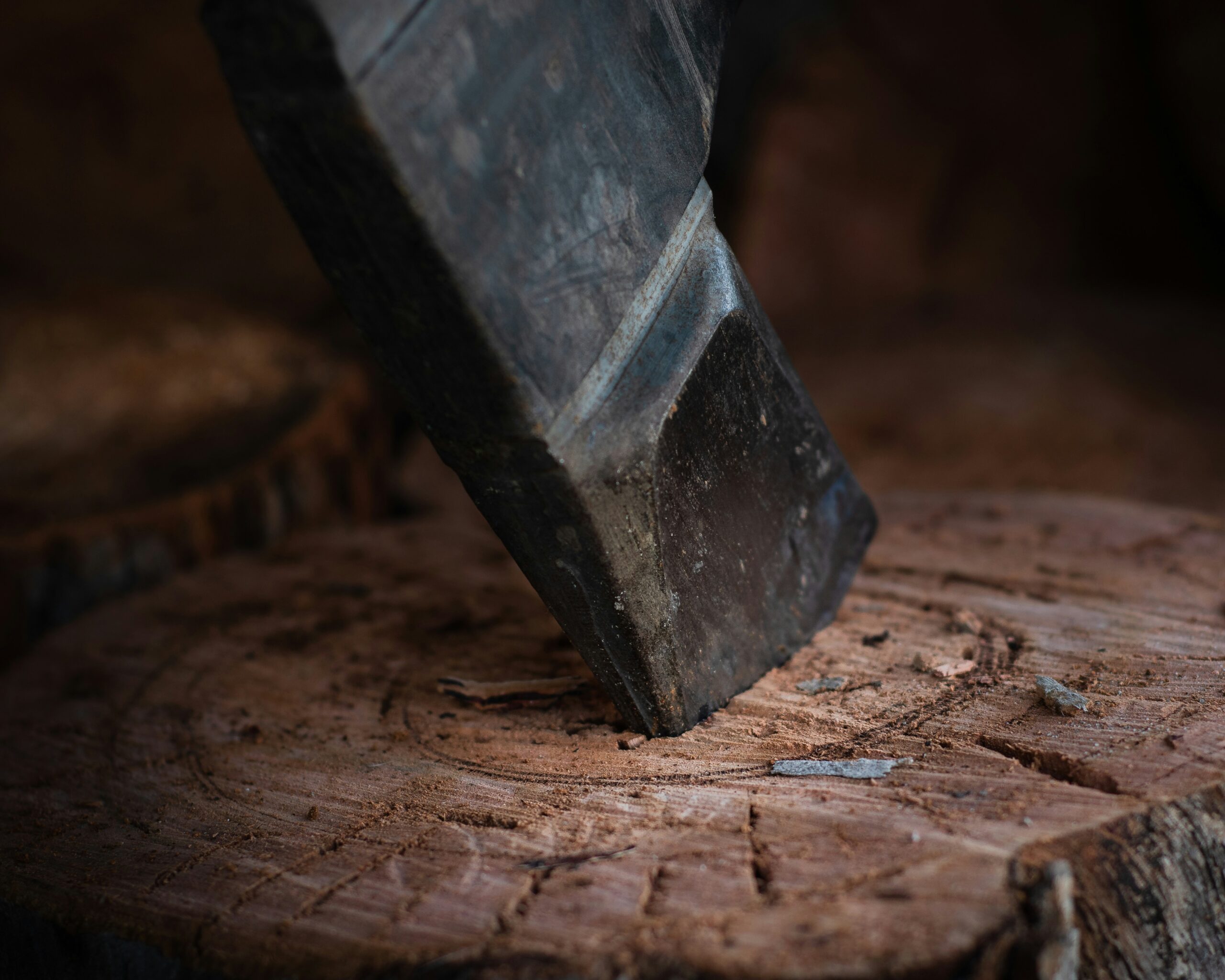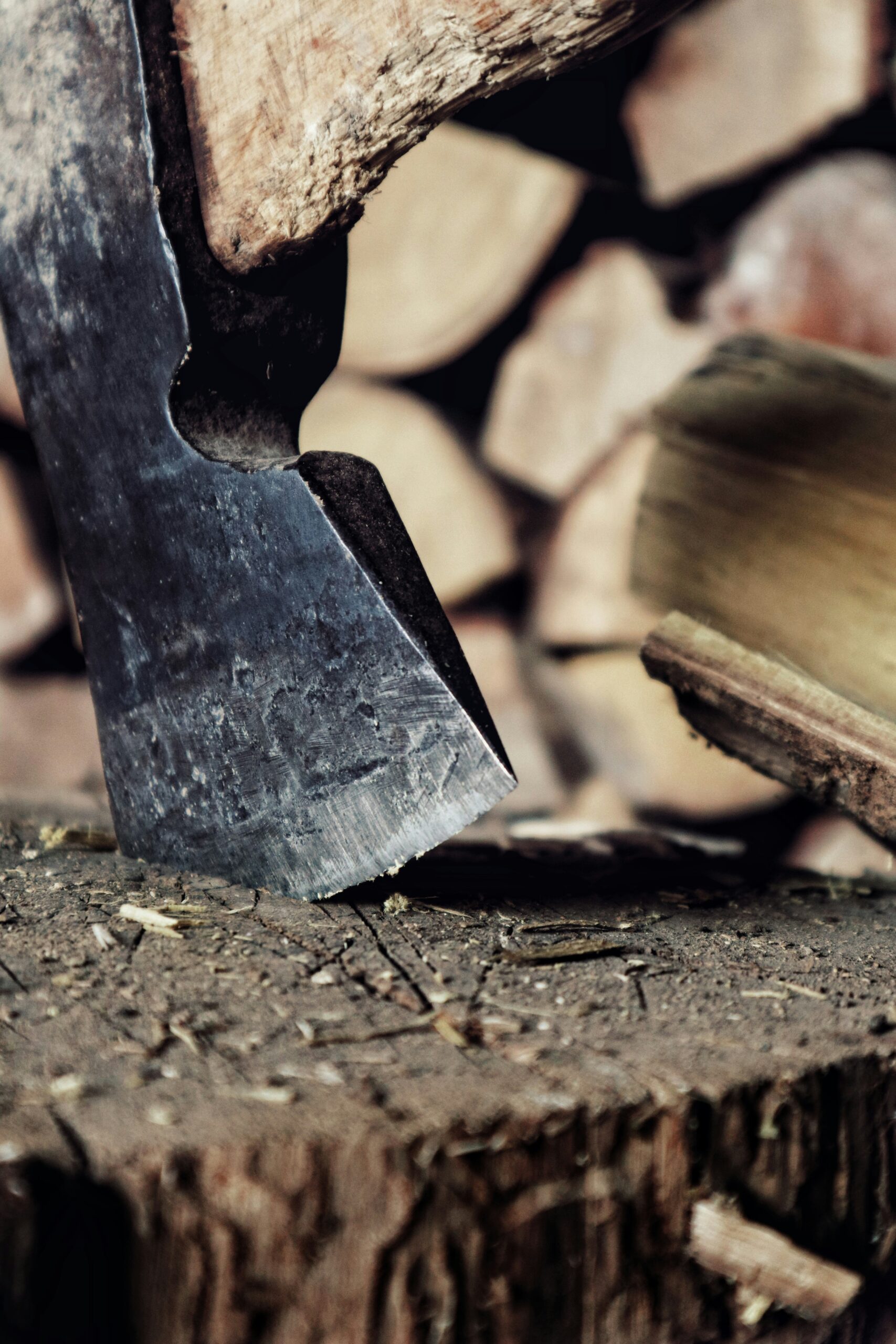Axe throwing can be a fun and exciting activity, but safety is crucial. Many people overlook important axe throwing safety and handling measures, leading to accidents that could easily be avoided. This guide covers essential safety gear, proper axe handling techniques, and common mistakes to avoid.
By reading this article, you’ll learn how to throw axes safely, ensuring a more enjoyable experience without the risks of injury. Whether you’re a beginner or looking to improve, following these tips will keep you and your friends safe while having fun.
Key Takeaways
- Choosing the right axe enhances safety and improves throwing technique for beginners
- Understanding axe components builds confidence and ensures proper handling during practice
- Establishing safety rules and protocols promotes a secure axe throwing environment
- Proper grip, stance, and controlled swings are vital for accuracy and safety in throwing
- Regular axe maintenance prevents accidents and ensures the tool remains effective for use
Understanding the Basics of Axe Throwing Safety

Selecting the right axe is crucial for beginners, as weight and design significantly affect the throwing technique. Understanding axe components contributes to proper axe throwing safety and handling.
Establishing safety rules protects everyone involved while choosing a secure throwing environment enhances the experience. These topics provide essential knowledge for mastering axe throwing safely and effectively.
Selecting the Right Axe for Beginners
Choosing the right axe is fundamental for beginners looking to master axe throwing safely. A good starting point is selecting an axe with a proper length that matches the thrower’s height and skill level. Additionally, looking for a comfortable handle and a well-balanced design can help improve throwing technique.
If using a hammer-style axe, beginners should ensure that the head is securely attached, and applying sandpaper can smooth rough edges for better control. Always remember to wear a glove for a secure grip, which enhances safety and helps prevent slippage during throws.
Familiarizing Yourself With Axe Components
Understanding the components of an axe is vital for safe and effective throwing. A typical hand axe or hatchet consists of a blade, handle, and head, each playing a significant role in the momentum of the throw.
When beginners feel the axe’s balance and grip, they gain confidence in handling these tools, which is especially important when practicing in a wilderness setting. Using tools like a rasp can help smooth the handle, making it easier to hold and control during throws.
Establishing Safety Rules and Protocols
Establishing safety rules and protocols is key for anyone engaging in axe throwing. A well-defined area for throwing, far from spectators and obstacles, helps maintain a safe environment. It’s also wise to have essentials on hand, like a first aid kit, to address any minor injuries quickly.
Regularly applying linseed oil on hickory axe handles can prolong their life and improve grip, making each throw safer for beginners looking to enjoy the sport while practicing bushcraft skills.
Choosing a Safe Throwing Environment
Choosing a safe throwing environment is crucial for any axe throwing event. A level area with plenty of space is necessary to prevent accidents. Additionally, it’s important to wear proper footwear, preferably something sturdy and non-slip, to maintain balance while throwing.
Surrounding the throwing space with steel or metal barriers can help contain stray axes, providing an extra layer of safety. Before each session, check the axes for sharpness, using a sharpening stone if needed, and ensure that they are in good condition for throwing. These steps help create a safer experience, allowing individuals to focus on mastering their skills without unnecessary risks.
Essential Safety Gear for Axe Throwing

Wearing the right protective clothing and footwear is important for anyone practicing axe throwing. Eye and hand protection equipment ensures safety while handling tools like axes, chisels, and mallets during woodworking tasks. It is also crucial to handle sharp edges with care and inspect all equipment before use to minimize risks. Understanding these safety measures enhances survival skills and promotes a secure axe throwing experience.
Protective Clothing and Footwear
Wearing the right protective clothing and footwear is crucial when practicing axe throwing. Long sleeves can protect the arms from potential cuts and scrapes, while sturdy footwear ensures secure footing during throws. Choosing shoes with good grip helps maintain balance, especially when using tools like a sledgehammer for axe maintenance. It’s essential to focus on skill and safety, keeping the thrower protected while enhancing their overall experience.
Eye and Hand Protection Equipment
When practicing axe throwing, eye and hand protection are essential to ensure safety. Protective eyewear, such as safety goggles, prevents injury from flying debris while handling tools like wedges and splitting mauls. Additionally, wearing cut-resistant gloves enhances grip and protects hands from sharp edges on axes, which can improve overall control and technique during throws.
- Wear safety goggles to protect your eyes from flying debris.
- Use cut-resistant gloves for better grip and hand protection.
- Check equipment, including axes and splitting mauls, for sharpness before use.
Handling Sharp Edges With Care
Handling sharp edges with care is crucial for anyone involved in axe throwing. Proper maintenance of axes includes regularly checking the blades for sharpness and ensuring they are in good condition before use. It’s important to remember to keep fingers away from the blade when sharpening and to use protective gloves to avoid cuts, enhancing safety during these essential tasks.
- Regularly check axes for sharpness and maintenance needs.
- Keep fingers clear of the blade when handling or sharpening.
- Wear protective gloves to avoid cuts and enhance grip.
Inspecting Equipment Before Use
Inspecting equipment before use is an essential step for safe axe throwing. Each time an axe is prepared for throwing, it is important to check for any damage, such as cracks in the handle or dull blades. Ensuring that the axe is in good condition helps prevent accidents and promotes a better throwing experience, allowing beginners to focus on developing their skills without worry.
Mastering Proper Axe Handling Techniques

Gripping the axe correctly is essential for effective throws. Beginners should learn the right stance and footwork to maintain stability during each throw. Aligning the body helps in enhancing accuracy, while controlled swing mechanics ensure safe and precise movements. Each of these techniques plays a crucial role in mastering axe throwing and boosting confidence in the practice.
Gripping the Axe Correctly
Gripping the axe correctly is essential for effective axe throwing. Beginners should hold the axe with both hands, ensuring a firm grip that allows for control and stability during the throw. The top hand should be placed near the head of the axe, while the bottom hand grips the handle firmly. This grip provides balance and power, helping to improve accuracy and reduce the risk of injury.
- Use both hands for a secure grip.
- Position the top hand near the axe head.
- Ensure the bottom hand is firm on the handle.
- Maintain control for better accuracy.
Stance and Footwork for Stability
A strong stance and proper footwork are key to maintaining stability during axe throwing. Beginners should position their feet shoulder-width apart for balance, with the dominant foot slightly forward. This setup allows for a smooth and controlled throw, reducing the chances of falling or losing grip on the axe.
Aligning Your Body for Accurate Throws
Aligning the body correctly plays a key role in achieving accurate axe throws. Beginners should focus on positioning their shoulders, hips, and feet to face the target directly. This alignment helps create a straight path for the axe, making it more likely to hit the intended mark while also allowing for more power and control during the throw.
Controlled Swing Mechanics
Controlled swing mechanics are vital for successful axe throwing. Beginners should focus on a smooth, deliberate motion that allows the axe to travel toward the target without losing control. Starting the swing from a balanced position, maintaining a consistent speed, and following through after the release can significantly improve accuracy and reduce the risk of injury during practice.
- Begin the swing from a balanced position.
- Maintain a consistent speed throughout the motion.
- Follow through after releasing the axe.
Maintaining Your Axe for Optimal Safety

Maintaining an axe is important for safe and effective throwing. Regular inspection for wear and damage ensures the axe remains in good condition. Proper blade sharpening techniques improve accuracy, while safe storage practices protect the axe from unnecessary damage. Lastly, knowing when to replace or repair damaged parts keeps the axe reliable and enhances the entire throwing experience.
Regular Inspection for Wear and Damage
Regular inspection of an axe is vital for maintaining safety during throwing. Beginners should check their axe for any signs of wear, such as cracks in the handle or dull blades, before every practice session. This simple step helps prevent accidents and ensures the axe remains effective for throwing, enhancing the overall experience and keeping the thrower safe:
Proper Blade Sharpening Techniques
Proper blade sharpening techniques are essential for maintaining an effective axe used in throwing. Using a sharpening stone or file, beginners should keep the blade at a consistent angle of around 20 degrees for optimal sharpness. Regularly sharpening the axe not only enhances throwing performance but also ensures safety during practice, as a well-maintained blade is less likely to chip or become dull during throws.
Here’s a simple guide to follow for effective blade sharpening:
Safe Storage Practices
Proper storage practices are essential for maintaining axe safety. Axes should be stored in a dry place, away from moisture that can damage the handle and blade. Using an axe sheath or guard protects the sharp edge and prevents accidental cuts when handling the tool. Keeping the axe in a designated storage area also helps ensure that it is easy to find when needed, allowing for a smooth preparation before throwing sessions.
Replacing or Repairing Damaged Parts
Replacing or repairing damaged parts of an axe is crucial for maintaining safety and performance in axe throwing. If the axe handle shows signs of cracks or splinters, it is vital to replace it to prevent accidents during use. Additionally, sharpening a dull blade or tightening a loose head ensures the axe performs optimally, allowing beginners to practice confidently without fearing equipment failure.
- Check the axe handle regularly for any signs of damage.
- Replace cracked or damaged handles promptly.
- Sharpen dull blades for better performance and safety.
- Tighten loose heads to avoid accidents while throwing.
Conclusion
Mastering axe throwing requires a strong focus on safety and proper handling techniques. By selecting the right axe, understanding its components, and establishing safety protocols, beginners can create a secure environment for practice. Gripping the axe correctly, maintaining a stable stance, and executing controlled throws significantly enhance accuracy and reduce injury risks. With consistent practice and attention to these essential techniques, individuals can confidently enjoy axe throwing as a safe and rewarding activity.

